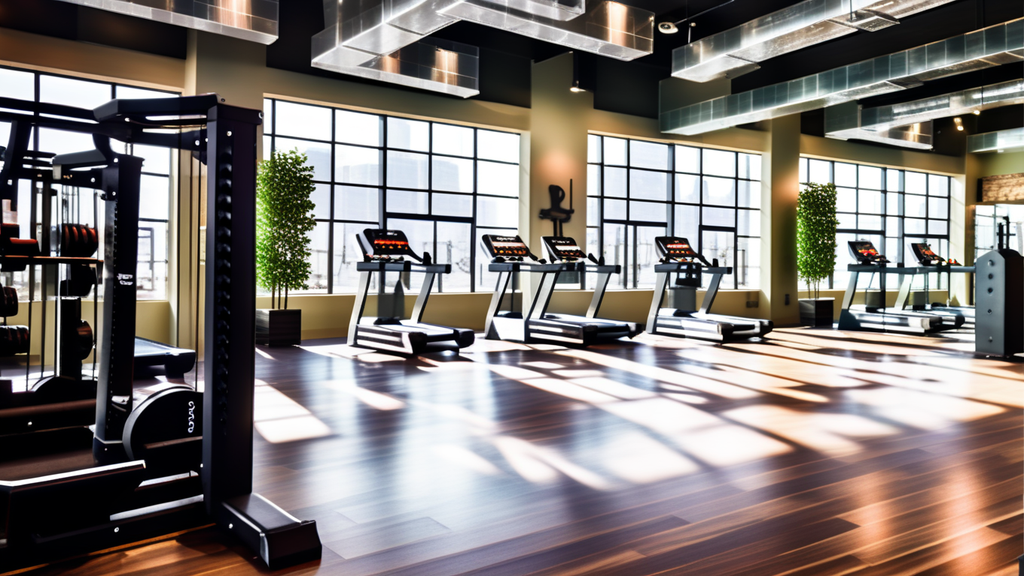Taking the first step towards a healthier and stronger you can be daunting, but strength training doesn’t have to be complicated or intimidating. This guide offers a clear and safe introduction to building a strong foundation through strength training, empowering you to embark on a rewarding fitness journey.
Why Strength Training Matters:
Strength training goes beyond just building muscle. It offers numerous benefits, including:
- Increased bone density: This reduces the risk of osteoporosis and promotes overall skeletal health.
- Improved metabolism: Strength training helps boost your basal metabolic rate, leading to more efficient calorie burning even at rest.
- Enhanced daily activities: Everyday tasks like carrying groceries or climbing stairs become easier and more manageable.
- Reduced risk of chronic diseases: Strength training can help manage blood sugar levels, improve blood pressure, and lower the risk of heart disease.
- Increased confidence and self-esteem: Seeing and feeling yourself get stronger can significantly boost your self-confidence and overall well-being.
Essentials for Beginners: Building a Strong Foundation:
Starting with a solid foundation is crucial for safe and effective strength training:
- Consultation with a doctor: Before starting any new exercise program, consult a doctor to ensure it’s safe for you, especially if you have any pre-existing health conditions.
- Proper form: Maintaining proper form during exercises is vital to avoid injury and maximize results. Consider seeking guidance from a certified personal trainer or watching instructional videos to learn the correct technique for each exercise.
- Start light and gradually increase intensity: Begin with lighter weights or bodyweight exercises and gradually increase the weight or difficulty as you get stronger.
- Rest and recovery: Allow your body adequate rest and recovery time between workouts, ideally 48 hours for the same muscle group.
- Listen to your body: Pay attention to your body’s signals and avoid pushing yourself to the point of pain.
Building Blocks: Beginner-Friendly Exercises:
These basic exercises target major muscle groups and lay the groundwork for a strong foundation:
- Squats: Engage your core and lower your body as if sitting in a chair, keeping your back straight and knees tracking over your toes.
- Push-ups: Start on your knees or toes with your hands shoulder-width apart, lower your chest towards the ground while keeping your core engaged and body in a straight line.
- Lunges: Step forward with one leg, lowering your body until both knees are bent at 90-degree angles. Ensure your front knee tracks over your ankle and your back knee doesn’t touch the ground.
- Rows: Use dumbbells or a resistance band to pull your elbows towards your sides, squeezing your shoulder blades together.
- Overhead press: Hold dumbbells or a barbell above your head, pressing them straight up with your arms fully extended.
Common Mistakes to Avoid:
Be mindful of these common mistakes to ensure a safe and effective workout:
- Lifting too heavy: Starting with weights that are too heavy can lead to form breakdown and potential injury.
- Neglecting proper form: Sacrificing form for heavier weights can hinder your progress and increase the risk of injury.
- Ignoring rest and recovery: Overtraining without adequate rest can lead to fatigue, decreased performance, and increased injury risk.
- Focusing solely on isolation exercises: While isolation exercises can be beneficial, focusing only on them neglects the importance of compound exercises that work multiple muscle groups at once.
Resources for Your Fitness Journey:
Numerous resources can guide you on your path to strength training success:
- Books and online guides: Explore beginner-friendly strength training resources that offer detailed exercise instructions, workout routines, and safety tips.
- Mobile apps: Several apps provide workout routines, track your progress, and offer visual demonstrations of exercises.
- Online fitness communities: Connect with other beginners and experienced individuals for support, motivation, and advice.
Remember: Consistency is key. Regular exercise is more important than intense, sporadic workouts. Start slow, prioritize proper form, listen to your body, and gradually increase the intensity and duration of your workouts as you get stronger and more confident. Embrace the journey, celebrate your progress, and enjoy the empowering effects of building a strong








